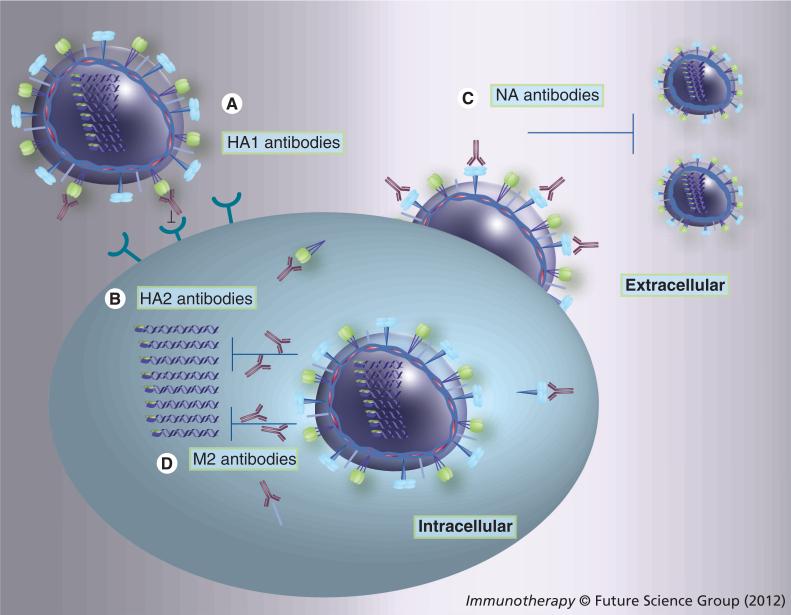Figure 3. The action of influenza virus-neutralizing antibodies.
(A) Antibodies against HA1 can efficiently block virus attachment to target cells and/or interfere with virus–host receptor interactions to neutralize the virus. (B) Antibodies against HA2 can inhibit the fusion of viral and endosomal membranes and thus, block the release of viral ribonucleoproteins and reduce virus replication. (C) Antibodies against NA can prevent virus release, resulting in reduced virus production and decreasing the severity induced by secondary pneumococcal infection. (D) Antibodies against M2 can constrain proton transport, HA structure change during the fusion and thus, block the viral ribonucleoprotein uncoating. Antibodies such as IgG and IgA could be internalized into the cell through FcRn and pIgR, respectively, thus resulting in effective antiviral activity [118,119]. The site of action of these antibodies is not exactly known, although it could be associated the endoplasmic reticulum and/or trans-golgi apparatus.
HA: Hemagglutinin; NA: Neuraminidase.

